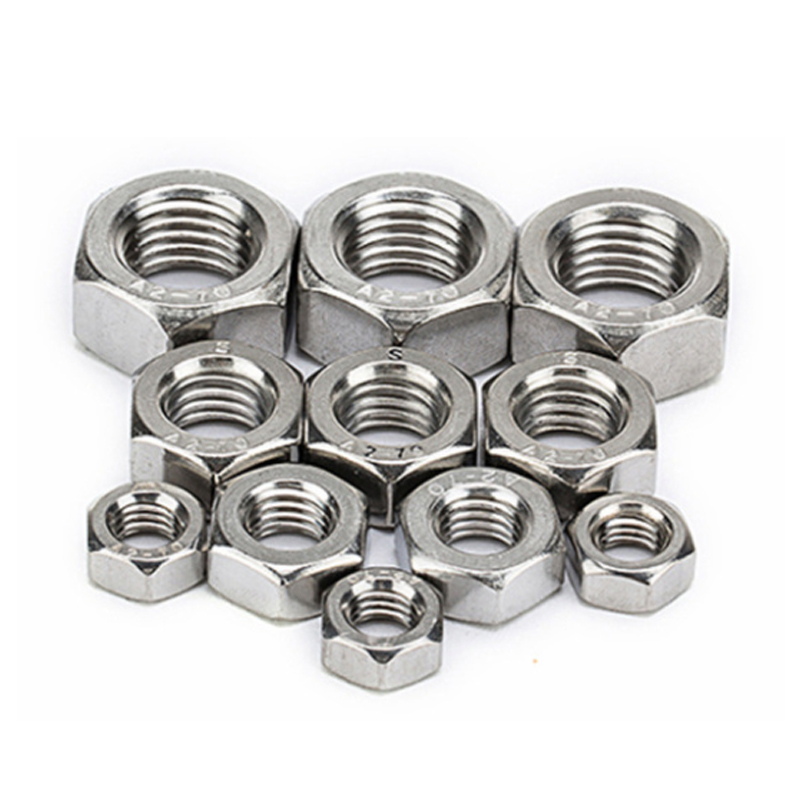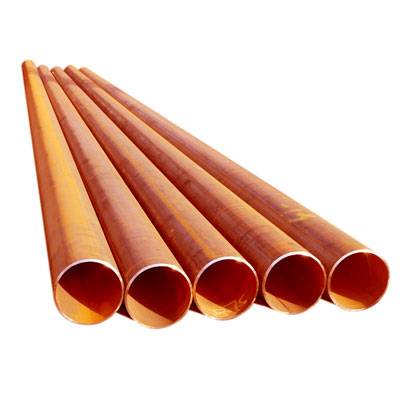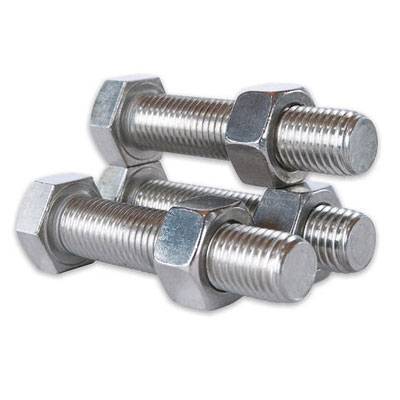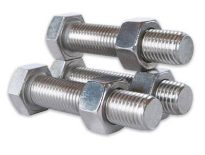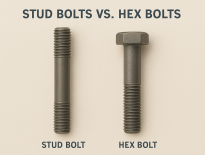Even the smallest components are essential to the structural integrity, safety and dependability of underwater pipeline systems. Hex nuts are crucial for securing joints, stopping leaks and preserving stability in challenging marine conditions. Selecting material for subsea project involves more than just fulfilling engineering requirements it also involves guaranteeing long term performance in one of the world’s most corrosive environments. Although both stainless steel and monel are widely used in marine engineering, there are significant differences in their cost, performance, and durability. In order to help you make the best decision for your needs this blog compares the two.
Understanding Monel Hex Nuts
A high-end nickel-copper alloy known for its remarkable resistance to corrosion particularly in salty and seawater conditions is Monel. It is perfect for marine engineering because it is resistant to pitting, stress corrosion cracking, crevice corrosion and exposure to saltwater. Shipbuilding, subsea structures and offshore oil and gas operations all make extensive use of monel hex nuts. Monel K500 Hex Nuts which provide increased hardness and tensile strength while preserving corrosion resistance, are recommended for applications requiring higher strength. Because of this combination, they are perfect for high-pressure underwater settings and deep-sea installations where durability and strength are essential.
Understanding Stainless Steel Hex Nuts
Due to its affordability, mechanical strength, and resistance to corrosion stainless steel is widely used in maritime applications. Stainless steel grades such as 304, 316, and duplex work well in environments with moderate levels of chloride. Molybdenum-containing Type 316 provides better resistance to pitting in saltwater. However, stainless steel may eventually experience localized corrosion in deep-sea or high-chloride environments. Its primary benefits are availability and affordability, which make it perfect for project with tight budgets or less severe environmental exposure.
Corrosion Resistance: Monel vs. Stainless Steel
Resistance to corrosion is essential in immersed environment. Centuries of dependable performance in challenging marine conditions without noticeable deterioration are made possible by Monel’s high nickel and copper content which provides outstanding protection against chloride induced corrosion. In addition it is resistant to galvanic corrosion and biofouling which are frequent in submerged metallic structures. Long term exposure to extremely salinized water can cause pitting and crevice corrosion even though stainless steel offers good resistance in marine environments. Monel usually outperforms stainless steel in terms of preserving long term structural integrity for crucial underwater pipeline under harsh circumstances.
Strength & Mechanical Performance Underwater
While both Monel and stainless steel exhibit excellent mechanical properties Monel often maintains its strength and stability longer under constant exposure to seawater. In particular for high-pressure or heavy-load applications Monel K500 provides greater tensile and yield strength than many stainless steel grades. Strong performance is also possible with stainless steel hex nuts, particularly duplex grades that combine corrosion resistance and strength. On the other hand, Monel tends to perform better over time in extremely deep or high-pressure underwater conditions.
Longevity & Maintenance
When it comes to service life Monel hex nuts have a clear advantage in highly corrosive marine environments. They can last for many years before needing to be replaced which drastically lower maintenance expenses and downtime. Despite its durability stainless steel frequently needs to be inspected more often and may need to be replaced when used in harsher environment. The overall lifecycle cost of an underwater pipeline project may be significantly impacted by this variation in longevity.
Cost Analysis
Given the alloy’s higher nickel content and more intricate manufacturing process Monel hex nuts have a significantly higher cost at the start. Longer service life, fewer replacements and less maintenance frequently offset this outlay. Stainless steel hex nuts are more affordable, which makes them desirable for projects with limited funds. However their shorter lifespan in harsh seawater conditions can result in higher long-term expenses.
Real-World Applications & Industry Preference
Monel hex nuts are extensively utilized in subsea meetings, marine propulsion systems, desalination facilities, and offshore oil and gas pipelines where exposure to high salinity is ongoing. They are perfect for long-term installations, drilling equipment and deep-sea structures because of their resistance to biofouling, pitting, and crevice corrosion. It provides an affordable fastening option in moderate chloride conditions, stainless steel hex nuts are frequently used in shipbuilding, coastal construction, harbor works and medium-depth projects. Budget, service life and environmental severity all influence the decision.
Which Should You Choose?
If your underwater pipeline project requires the highest level of corrosion resistance, exceptional durability and minimal maintenance Monel is the superior choice. Its performance in deep sea, high-chloride environment is unmatched. However in less demanding situations where cost effectiveness is a top concern, stainless steel is still a formidable option. You can choose the material that provides the best long-term value for your project by carefully weighing lifespan expectations, budget, and environmental factors.
Conclusion
The choice of material has a direct long-term impact on cost, performance and safety in the context of underwater pipelines. Monel offers unparalleled protection and strength in the most difficult subsea conditions, while stainless steel offers a reliable and reasonably priced fastening solution in mild marine environments. Investing in Monel could be the key to guaranteeing operational reliability for decades in critical applications where failure is not an option.

